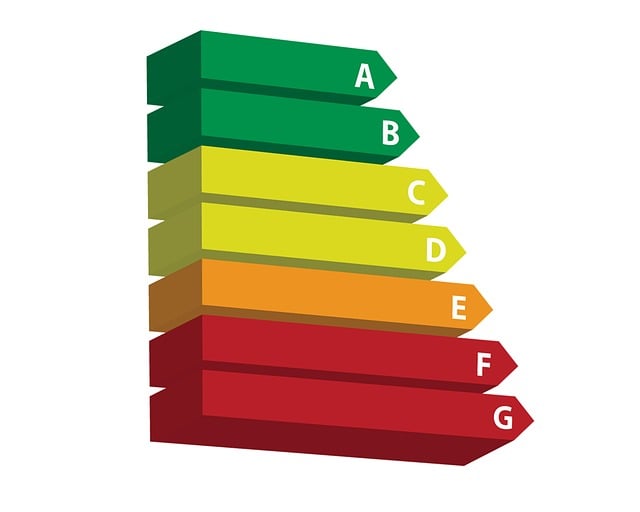Proactive leak detection and regular home inspections prevent water damage from outdated plumbing, faulty appliances, and weather vulnerabilities. Implement routine checks (at least twice a year) focusing on pipes, fixtures, moisture signs. Use specialized tools for hard-to-reach areas and monitor water pressure. Identify early indicators like stains, musty odours, increasing water bills. Employ digital leak detection systems for peace of mind. Maintain records with photos/videos, sealing gaps, checking rooftops & windows. Focus on prone areas: basements, attics, kitchens with scheduled routine checks.
Water damage can wreak havoc on your home, causing costly repairs and unwanted headaches. The key to prevention lies in routine inspections and proactive measures. This comprehensive guide equips homeowners with essential knowledge about water damage risks, establishing a regular inspection schedule, learning basic leak detection techniques, utilizing advanced technology, and addressing issues promptly. By following these steps and implementing preventive maintenance tips, you can safeguard your home from the perils of water damage and leaks.
- Understand Water Damage Risks in Your Home
- Establish a Regular Inspection Schedule
- Learn Basic Leak Detection Techniques
- Utilize Advanced Technology for Early Detection
- Document and Address Found Issues Promptly
- Preventive Measures: Maintenance Tips for Different Areas
Understand Water Damage Risks in Your Home

Water damage can sneak up on homeowners, often caused by hidden leaks or persistent moisture issues. Understanding the risks within your own home is a proactive step toward prevention. Every home has potential trouble spots—from outdated plumbing to faulty appliances and weather-related vulnerabilities. Regular inspections, especially focusing on leak detection, are key to identifying these problems early.
By being vigilant about water damage risks, you can catch issues before they turn into costly repairs or even health hazards. A proactive approach allows for quick remediation, saving you time and money in the long run. So, don’t underestimate the power of routine checks; they’re your first line of defense against unexpected water-related headaches.
Establish a Regular Inspection Schedule

Establishing a regular inspection schedule is paramount in preventing water damage. It’s recommended to conduct thorough checks at least biannually, or more frequently if your home is in a humid climate or has a history of plumbing issues. During these inspections, focus on potential sources of leaks, such as pipes, fixtures, and appliances. Pay close attention to any signs of moisture, like stains on walls or ceilings, as these could indicate hidden leaks that require immediate attention.
Incorporating leak detection methods is an essential part of these routine inspections. This can include using specialized tools to locate leaks in hard-to-reach areas or checking for water pressure issues that might suggest a leak somewhere in the system. By consistently monitoring your home’s plumbing, you can catch potential problems early on, minimizing damage and saving you costly repairs down the line.
Learn Basic Leak Detection Techniques

Staying ahead of water damage starts with learning basic leak detection techniques. Regularly inspect your home for any signs of moisture or water intrusion, such as stained ceilings, peeling paint, or musty odours. These could be early indicators of potential leaks behind walls or under floors.
Empower yourself to identify subtle clues like unexpected increases in water bills or the sound of dripping water that might not always be obvious. Understanding these signs and knowing where to look for them during inspections can help you catch leaks early, minimizing damage and repair costs. Effective leak detection is a valuable skill that contributes to maintaining a dry, healthy home environment.
Utilize Advanced Technology for Early Detection

In today’s digital era, advanced technology offers homeowners a powerful tool in the fight against water damage: leak detection systems. These innovative solutions can pinpoint potential issues before they become costly disasters. By utilizing sensors and smart algorithms, these systems monitor for any unusual moisture levels or patterns, detecting even the smallest leaks that might go unnoticed otherwise. Early detection is key; a simple drip today could turn into a flood tomorrow, causing extensive damage to your property.
Leak detection technology has come a long way, revolutionizing how we prevent water-related problems. From wireless sensors that communicate with your smartphone to sophisticated network systems, these tools provide peace of mind and allow for swift action. Regular inspections and maintenance of these advanced systems can ensure optimal performance, giving you the confidence to keep your home safe from the often-silent threat of water damage.
Document and Address Found Issues Promptly

Once you’ve identified potential water damage issues through routine inspections, it’s crucial to act swiftly. Documenting these findings is the first step; take clear photos or videos of affected areas and note the details, including dates, symptoms, and suspected sources. This serves as a historical record for tracking progress and can aid in insurance claims if necessary.
Addressing issues promptly prevents further damage. Repair or replace faulty fixtures, pipes, or appliances shown to be contributing factors. Regular maintenance like sealing gaps around pipes or checking for leaks in rooftops and windows can significantly reduce water damage risks. Keep a log of all repairs for future reference, ensuring you address the problems effectively and efficiently.
Preventive Measures: Maintenance Tips for Different Areas

Regular maintenance and inspections are key to preventing water damage in your home or business. When it comes to protective measures, a proactive approach is always better than reactive. Start by creating a schedule for routine checks, focusing on areas prone to moisture build-up—such as basements, attics, and kitchens. These spaces often require specific attention due to their unique vulnerabilities.
For basements, consider implementing leak detection systems and regularly inspecting pipes for signs of corrosion or leaks. Attics should be kept clear of debris and ensured proper ventilation to prevent condensation. Kitchens and bathrooms demand regular cleaning and maintenance of fixtures, especially in areas around sinks and appliances where water accumulation can lead to damage over time.






